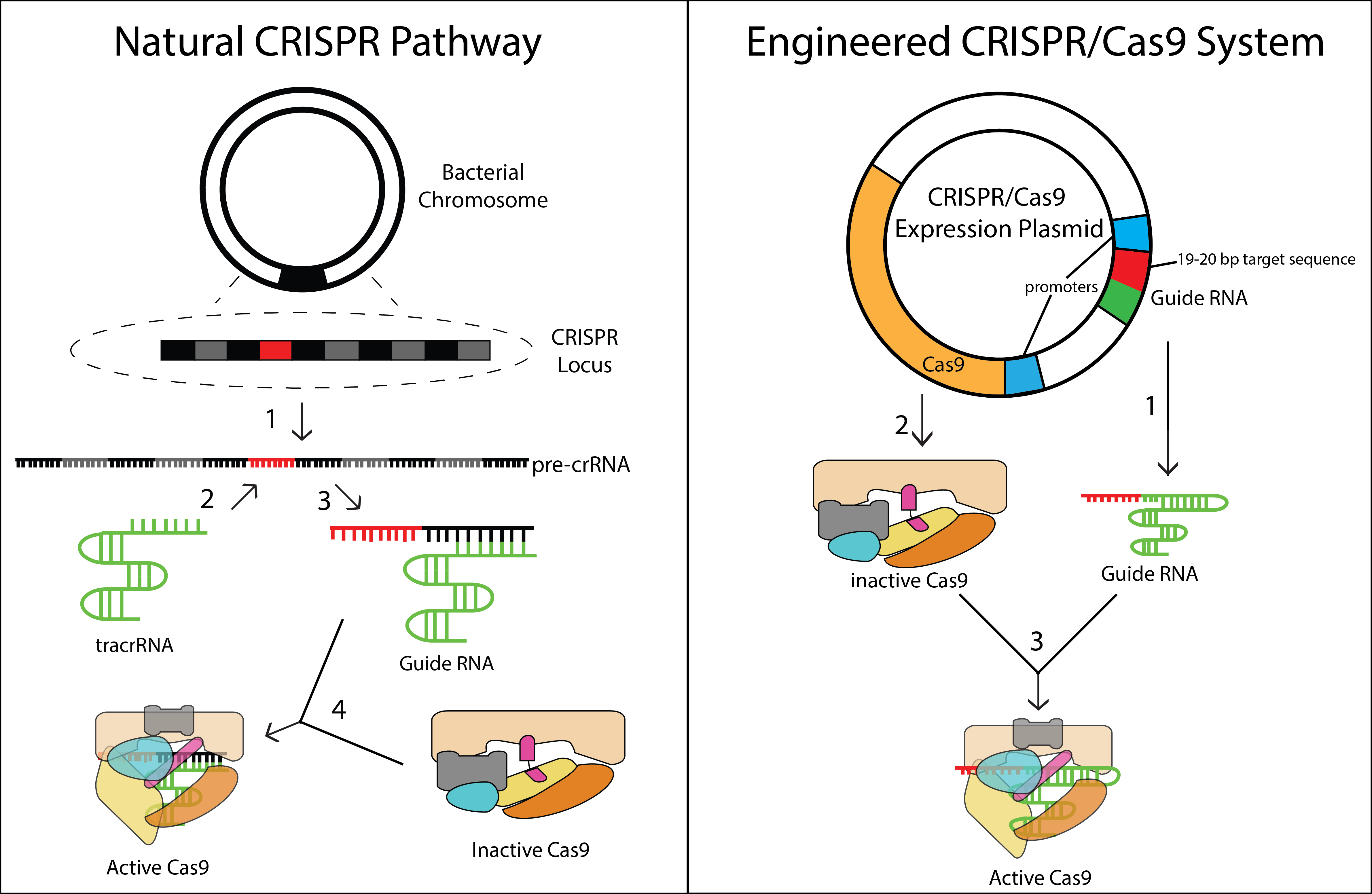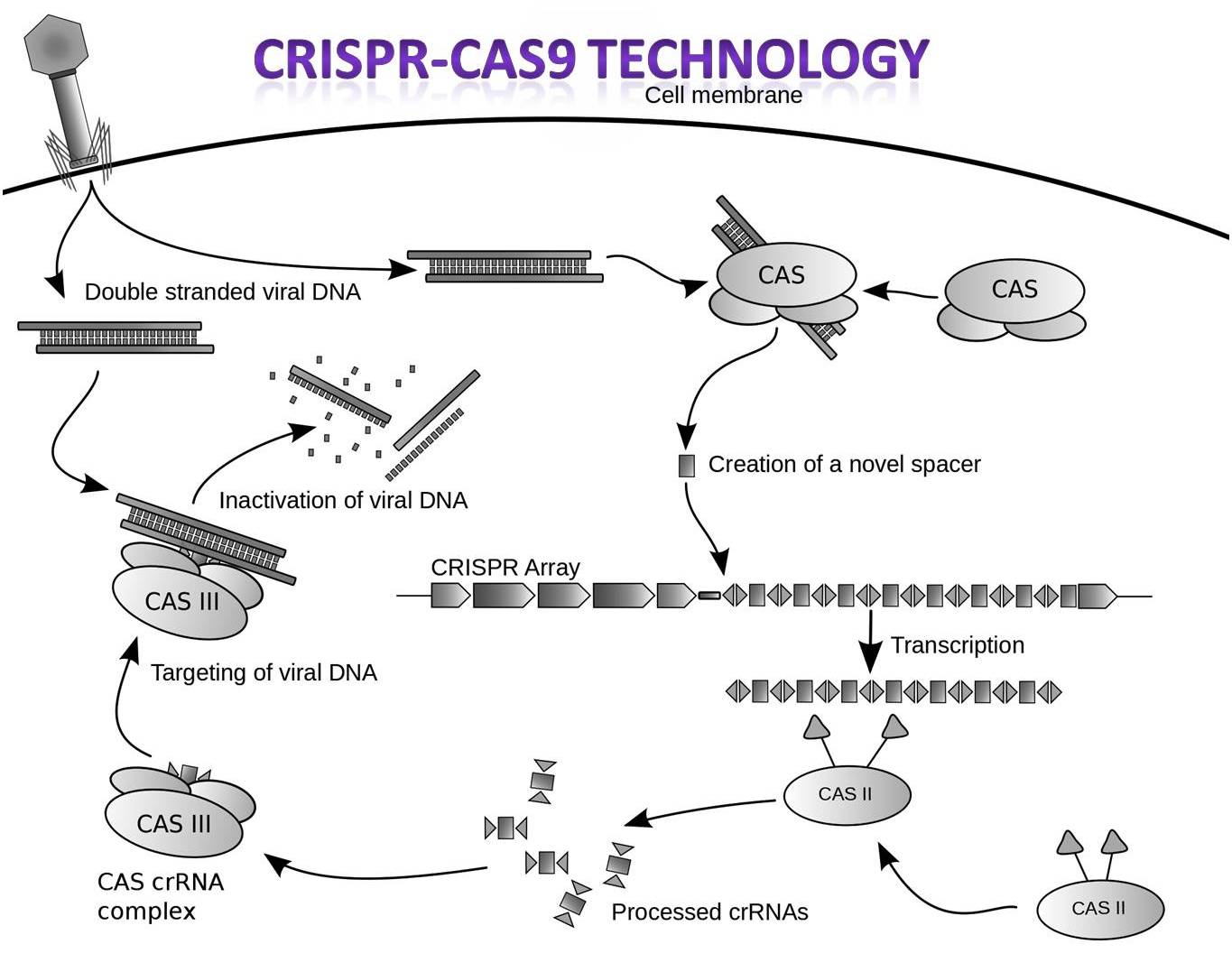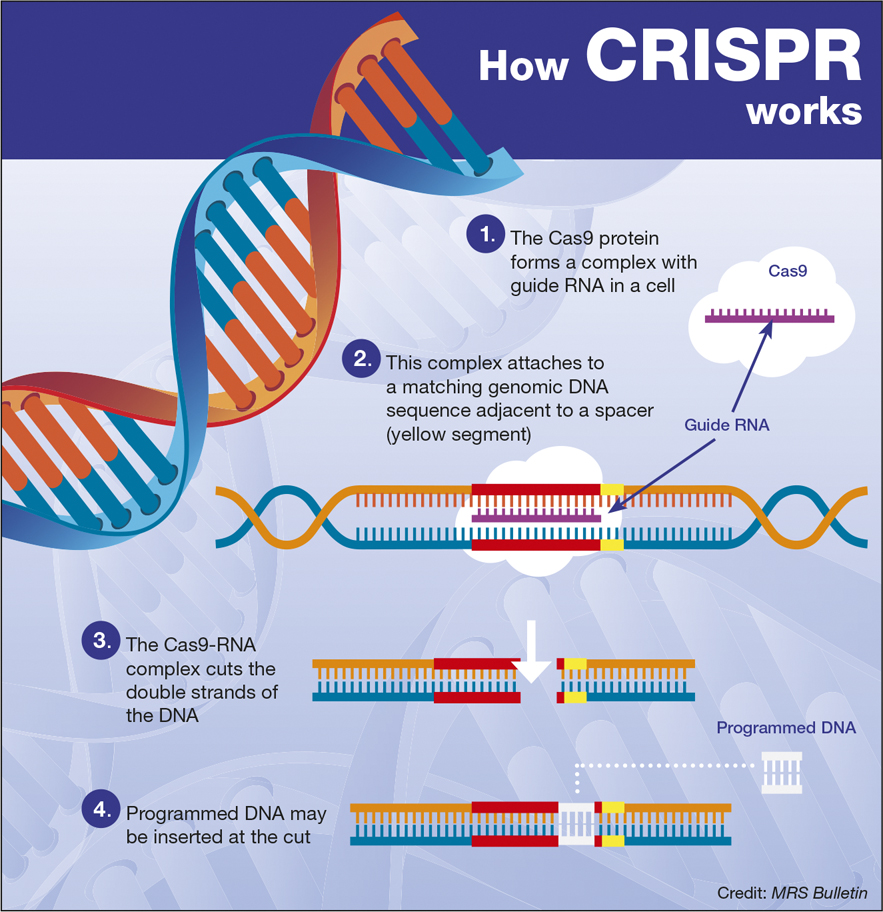CRISPR-Cas9: The Revolutionary Gene Editing Technology That's Changing Medicine
Have you heard of CRISPR-Cas9 technology and how it is revolutionizing medical research? If not, keep reading for 5 quick facts about this simple RNA guided gene editing technology.
Fact #1: What is CRISPR-Cas9 Technology?
CRISPR-Cas9 technology stands for Clustered Regularly Interspaced Palindromic Repeats and CRISPR associated protein 9. The technology allows researchers to edit the genetic code of living organisms in a precise and efficient manner.
This revolutionary technique has opened up numerous possibilities for medical research and gene therapy. Scientists can use this technology to remove, add or modify genes in living organisms, offering a potential cure for various genetic diseases that had previously been impossible to treat.
Fact #2: How Does CRISPR-Cas9 Technology Work?
The technology works by using a molecule called RNA. Scientists can use RNA to guide the CRISPR-Cas9 system to specific areas of the genetic code. Once it arrives at the target area, the Cas9 enzyme cuts the specific DNA sequence, allowing researchers to add, remove, or modify genes.
This technology has the potential to revolutionize medical treatment by allowing us to cure genetic diseases that were once considered incurable. For example, it could be used to correct genetic mutations responsible for diseases like cystic fibrosis, sickle cell anemia and Huntington’s disease, among others.
Fact #3: The Ethical Issues Surrounding CRISPR-Cas9 Technology
Despite the fact that CRISPR-Cas9 technology has the potential to revolutionize medical research and gene therapy, there are also ethical issues that need to be considered.
One concern is the potential for off-target effects. This could lead to unwanted changes in the genetic code, leading to unintended consequences that can have devastating effects on the patient’s health. There are also concerns about the use of this technology in modifying the DNA of human embryos, which could be passed down to future generations.
As with any new medical technology, there need to be proper ethical safeguards put in place to ensure that the technology is used safely and responsibly.
Fact #4: The Benefits of CRISPR-Cas9 Technology in Agriculture
CRISPR-Cas9 technology is not just limited to medical research. It also has enormous potential in agricultural research. Scientists can use this technology to create crops that are more resistant to pests and diseases, making farming more efficient and sustainable.
It could also be used to create crops that are more nutritious and easier to digest, which could help to alleviate global food shortages.
Fact #5: The Future of CRISPR-Cas9 Technology
The potential of CRISPR-Cas9 technology is vast, and we are just beginning to scratch the surface of what it can do.
Scientists are currently exploring ways to use this technology to cure genetic diseases, develop more effective cancer treatments, and even enhance human physical and cognitive abilities.
The future of CRISPR-Cas9 technology is incredibly exciting and offers enormous potential for medical and scientific advancement.
Abstract
CRISPR-Cas9 technology is revolutionizing medical research and gene therapy. This technology allows researchers to remove, add or modify genes in living organisms, offering a potential cure for various genetic diseases that had previously been impossible to treat. Despite its potential, there are ethical concerns that need to be addressed, like off-target effects and the use of this technology in modifying the DNA of human embryos, which could be passed down to future generations. CRISPR-Cas9 technology has enormous potential in agriculture research, like creating crops that are more resistant to pests and diseases, making farming more efficient and sustainable. The future of CRISPR-Cas9 technology is incredibly exciting and offers enormous potential for medical and scientific advancement.
Introduction
CRISPR-Cas9 technology has been a breakthrough in the field of medical research and gene therapy. The technology allows scientists to edit genes precisely and efficiently, offering a cure for various genetic diseases that had previously been impossible to treat. CRISPR-Cas9 technology works by using RNA molecules to guide CRISPR-Cas9 to a specific area of the genetic code, and the Cas9 enzyme cuts the DNA sequence in the target area. This process allows researchers to add, remove or modify the genes, which was once considered impossible.
However, despite its revolutionary potential, there are concerns about the ethical implications of using this technology. One concern is the off-target effects of the technology, which could lead to unintended changes in the genetic code, leading to unintended consequences that can have devastating effects on the patient’s health. Another concern is the use of this technology in modifying the DNA of human embryos, which could be passed down to future generations.
This article will explore five quick facts about CRISPR-Cas9 technology, its future, and its potential benefits and drawbacks.
Content
Fact #1: What is CRISPR-Cas9 Technology?
CRISPR-Cas9 technology stands for Clustered Regularly Interspaced Palindromic Repeats and CRISPR associated protein 9. It is a revolutionary technology that allows researchers to edit the genetic code of living organisms in a precise and efficient manner.
The technology has opened up numerous possibilities for medical research and gene therapy. For example, scientists can use this technology to remove, add, or modify genes in living organisms, which offers a potential cure for various genetic diseases that had previously been impossible to treat.
The CRISPR-Cas9 system relies on RNA, a molecule that scientists can use to guide the technology to specific areas of the genetic code. Once it arrives at the target area, the Cas9 enzyme cuts the DNA sequence, allowing researchers to add, remove, or modify genes precisely.
This revolutionary technology is changing the game in gene therapy and medical research. The targeted gene editing can help scientists cure various diseases, like cystic fibrosis, sickle cell anemia, and Huntington’s disease. These genetic conditions have previously been considered incurable.
Fact #2: How Does CRISPR-Cas9 Technology Work?
The CRISPR-Cas9 technology works by using RNA to guide the system to specific locations on the genetic sequence. This RNA molecule needs to match the targeted location, and once it’s matched, the Cas9 enzyme gives the data the nod to modify the DNA sequence.
It targets a particular portion of the genetic code where a harmful mutation resides, cultivates that area, and replaces it with a healthy code sequence, essentially curing the gene’s disease-causing mutation.
The technology is a game-changer in medical research because it offers a precise gene editing technique that can create various possibilities. The ability to add, remove and modify genes can help cure and treat various genetic diseases. The technology is fast, efficient and accurate.
Fact #3: The Ethical Issues Surrounding CRISPR-Cas9 Technology
Despite its incredible potential, CRISPR-Cas9 technology also poses ethical issues that need to be considered more thoroughly. One significant ethical issue is the potential for off-target effects that could harm the patient.
If the RNA molecule matches the incorrect gene location, then additional locations may end up being edited, leading to unintended consequences that can have devastating effects on the patient’s health. There are also concerns about the use of this technology in modifying the DNA of human embryos, which could be passed down to future generations.
Proper ethical safeguards must be put in place to address these ethical issues. We need to ensure that the technology is used safely and responsibly, particularly when it comes to medical treatments. Studying the risks associated with CRISPR-Cas9 technology is crucial to ensuring that its full potential is realized without any adverse effects.
Fact #4: The Benefits of CRISPR-Cas9 Technology in Agriculture
The benefits of CRISPR-Cas9 technology are not just limited to medical research. It also has enormous potential in agricultural research.
With the technology’s ability to create crops that are more resistant to pests and diseases, farmers can produce crops efficiently and sustainably. The technology could also help create crops that are more nutritious and easier to digest, which could help alleviate global food shortages.
The technology can help reduce the use of chemicals that are harmful to the environment and the crops themselves.
CRISPR-Cas9 technology can help bring agricultural practices to the next level by making them more sustainable and environmentally friendly.
Fact #5: The Future of CRISPR-Cas9 Technology
The potential of CRISPR-Cas9 technology is vast, and we are just beginning to scratch the surface of what it can do. Scientists are currently exploring ways to use this technology to cure genetic diseases, develop more effective cancer treatments, and even enhance human physical and cognitive abilities.
CRISPR-Cas9 technology is the key to unlocking the door to potential medical breakthroughs that we would have never thought possible just years ago. The future of CRISPR-Cas9 technology is exciting and offers enormous potential for medical and scientific advancement.
Conclusion
In conclusion, CRISPR-Cas9 technology is a revolutionary gene editing tool that can precisely and efficiently edit genes, offering a potential cure for various genetic diseases that had previously been impossible to treat. Despite its incredible potential, there are ethical issues that need to be addressed, like off-target effects and the use of this technology in modifying the DNA of human embryos.
The technology is not just limited to medical research, and it has enormous potential in agricultural research by creating crops that are more resistant to pests and diseases, making farming more efficient and sustainable.
Scientists are continuously exploring ways to use this technology to cure genetic diseases, develop more effective cancer treatments, and even enhance human physical and cognitive abilities. The future of CRISPR-Cas9 technology is incredibly exciting and offers enormous potential for medical and scientific advancement.





Image Sources:
- https://www.pharmamirror.com/wp-content/uploads/2019/06/CRISPR-Cas9-Gene-Editing.png
- https://2.bp.blogspot.com/-IzKPlMUqS3M/V-ASjxAM3mI/AAAAAAAADyI/yTigyPsgUPEkERLIL6SfWYAJMJBB3ZlTACK4B/s1600/crisper%2Btechnology%2B.jpg
- https://www.gktoday.in/wp-content/uploads-back/2017/08/582df76221b559de0536a2c2.jpg
- https://lavenderandlabcoats.com/wp-content/uploads/2021/02/705758-1-1024×852.jpg
- http://sites.psu.edu/igenomics/wp-content/uploads/sites/17359/2015/05/CAS9-Genome-Editing.jpg

Source image : www.gktoday.in

Source image : www.biologyexams4u.com

Source image : lavenderandlabcoats.com

Source image : sites.psu.edu

Source image : www.pharmamirror.com




